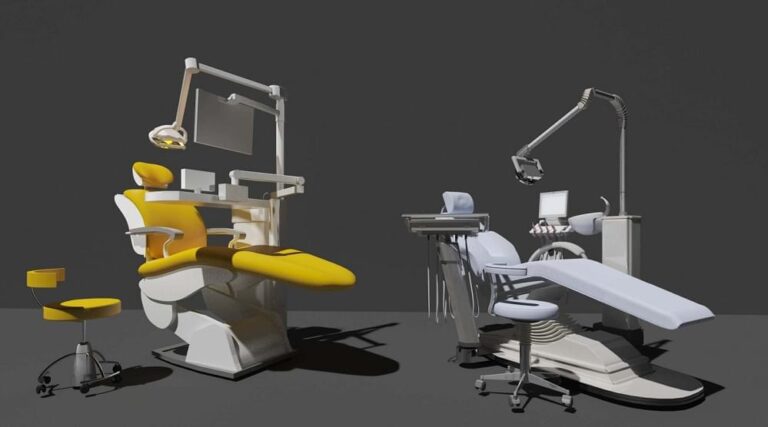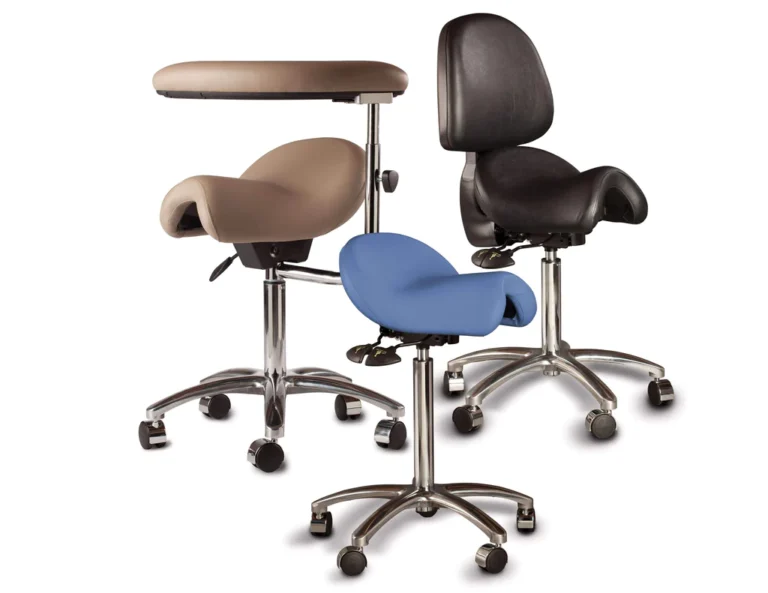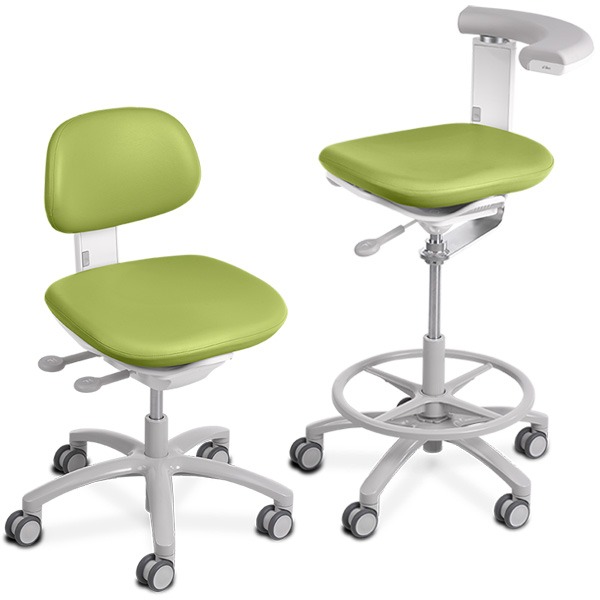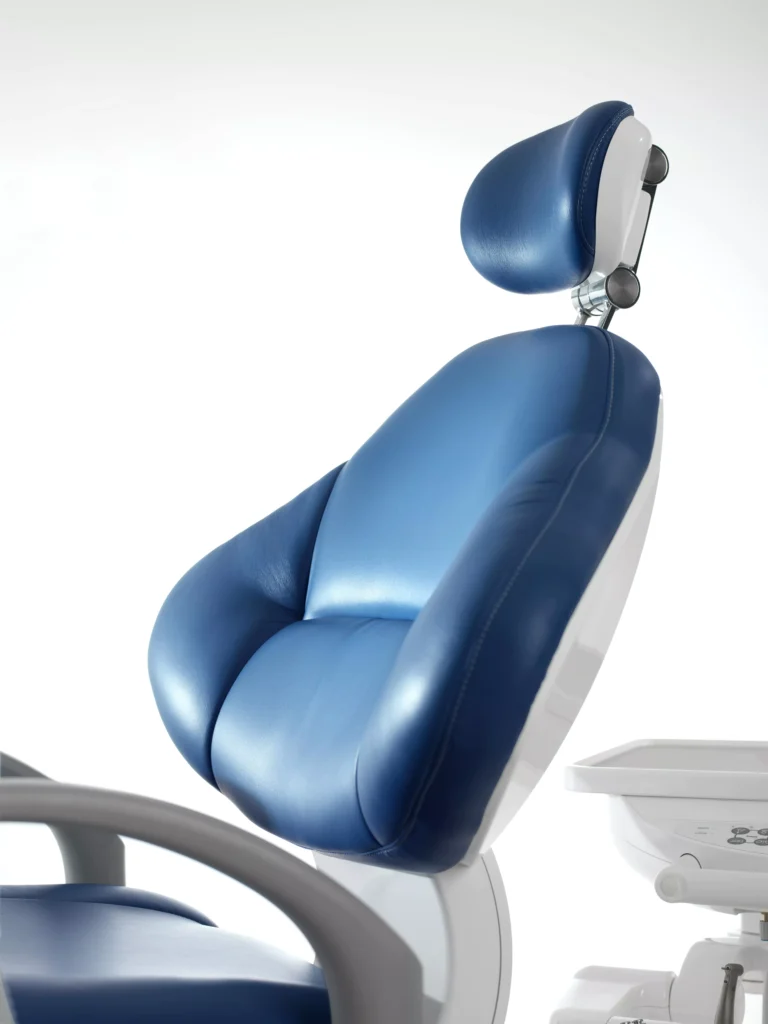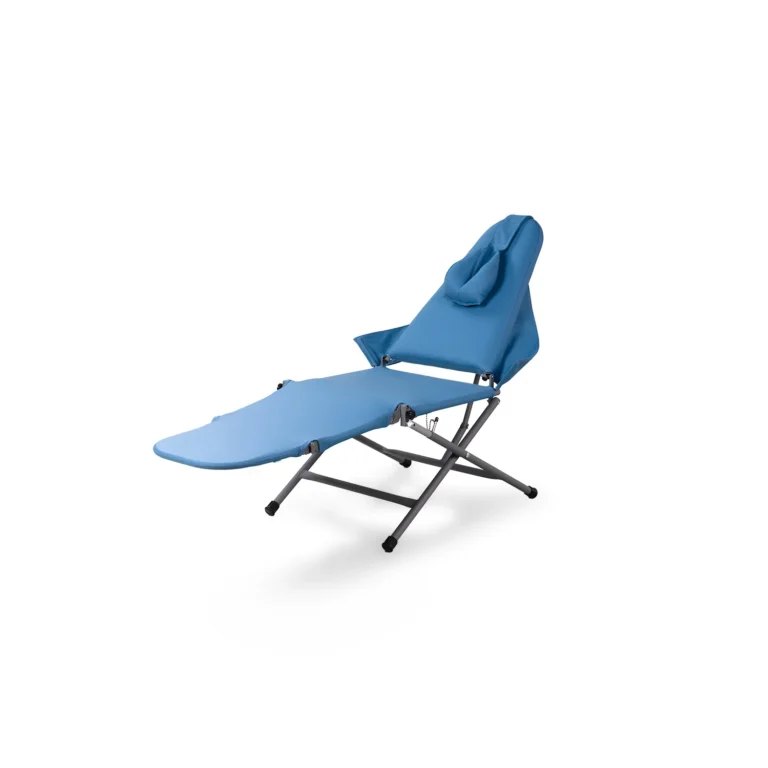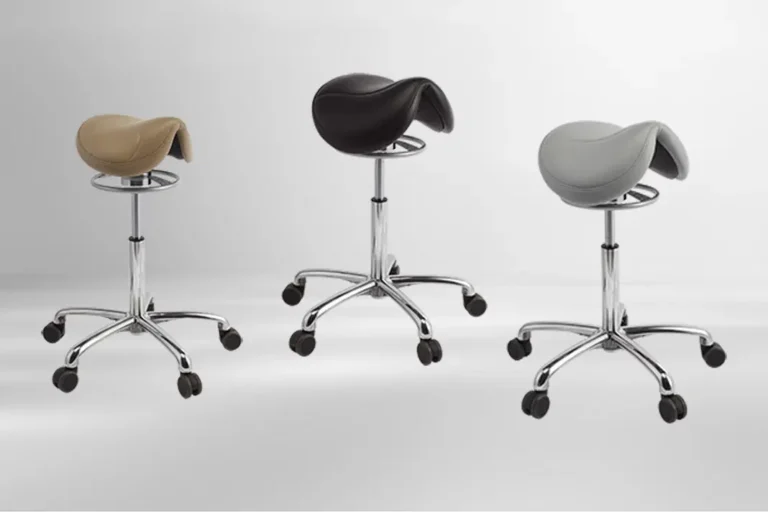In the intricate world of dentistry, where precision and clarity are paramount, dental chair lights play a crucial role in ensuring optimal patient care and enhancing the overall clinical experience. These specialized lighting systems are not mere accessories but essential tools that enable dental professionals to perform their tasks with the utmost accuracy and efficiency. As we delve into the significance of dental chair lights in clinical practice, we will explore their various types, benefits, and the latest advancements in lighting technology that are revolutionizing the field of dentistry.
The Importance of Proper Dental Chair Lighting
Adequate illumination is a fundamental requirement for any dental procedure. Dental chair lights provide the necessary brightness and clarity to ensure that every aspect of the oral cavity is clearly visible, allowing dentists to make accurate diagnoses and perform treatments with precision. Poor lighting can lead to missed details, incorrect shade matching, and suboptimal treatment outcomes, ultimately compromising the quality of patient care.
Moreover, proper dental chair lighting plays a crucial role in maintaining the ergonomic well-being of dental professionals. Inadequate lighting can cause eye strain, fatigue, and even musculoskeletal disorders due to poor posture and prolonged periods of squinting. By providing optimal illumination, dental chair lights help reduce these risks and promote a more comfortable working environment for dentists and their assistants.
Types of Dental Chair Lights
LED Dental Lights
Light-emitting diode (LED) technology has become the gold standard in dental chair lighting. LED lights offer numerous advantages over traditional halogen bulbs, including:
- Higher energy efficiency and longer lifespanSuperior color rendering, crucial for accurate shade matchingCooler operating temperatures, reducing heat emission and patient discomfortCompact design, allowing for better maneuverability and positioning
Halogen Dental Lights
While LED lights have largely replaced halogen bulbs in modern dental chairs, some practices still utilize halogen lighting systems. Halogen lights produce a warm, yellow light that some dentists prefer for its natural appearance. However, they have several drawbacks compared to LED lights:
- Shorter lifespan and higher energy consumptionIncreased heat emission, potentially causing patient discomfortInferior color rendering, making shade matching more challengingBulkier design, limiting flexibility in positioning
Benefits of Proper Dental Chair Lighting
Enhanced Visual Acuity
One of the primary benefits of dental chair lights is their ability to provide optimal illumination for enhanced visual acuity. With a color rendering index (CRI) of 90 or higher, LED lights accurately represent the true colors of teeth, gums, and restorative materials. This level of color accuracy is essential for precise shade matching, ensuring that restorations blend seamlessly with the natural dentition.
Furthermore, dental chair lights with adjustable intensity settings allow dentists to adapt the brightness to their specific needs. Higher intensity settings, ranging from 25,000 to 35,000 lux, are ideal for detailed procedures such as cavity preparations and crown margins. Lower intensity settings can be used for less visually demanding tasks or to reduce glare and eye strain during prolonged procedures.
Improved Ergonomics
Proper dental chair lighting plays a vital role in promoting ergonomic comfort for dental professionals. Adjustable light positioning, with multiple axes of rotation, enables dentists to direct the light precisely where it is needed, minimizing shadows and glare. This flexibility allows for optimal illumination of the oral cavity from various angles, reducing the need for awkward postures and minimizing physical strain.
Moreover, the cool operating temperatures of LED lights contribute to a more comfortable working environment. Unlike halogen bulbs, which can generate significant heat, LED lights emit minimal heat, preventing discomfort for both the patient and the dental team.
Reduced Eye Strain
Dental professionals are at a higher risk of developing eye strain and fatigue due to the visually demanding nature of their work. Proper dental chair lighting helps mitigate these risks by providing consistent, flicker-free illumination. LED lights, with their stable light output and minimal flickering, reduce eye strain and headaches associated with prolonged exposure to inconsistent lighting.
Additionally, the adjustable intensity settings of modern dental chair lights allow dentists to fine-tune the brightness to their individual comfort levels. By reducing glare and harsh shadows, these customizable settings help prevent eye fatigue and maintain visual acuity throughout the day.
Choosing the Right Dental Chair Light
When selecting a dental chair light, several key factors should be considered to ensure optimal performance and compatibility with your practice’s needs:
- Color Temperature and CRI: Color temperature, measured in Kelvin (K), describes the appearance of the light, ranging from warm (yellowish) to cool (bluish). For dental applications, a color temperature between 5,000K and 6,500K is recommended, as it closely resembles natural daylight. This range provides a balanced, neutral light that enhances color perception and reduces eye strain. The color rendering index (CRI) is another crucial factor to consider. A CRI of 90 or higher ensures accurate color representation, which is essential for shade matching and detecting subtle changes in oral tissues.
- Compatibility with Dental Chairs: When choosing a dental chair light, it is essential to ensure compatibility with your existing dental chairs. Some lights are designed to integrate seamlessly with specific chair models, while others offer universal mounting options. Consider the mounting type (ceiling, wall, or chair-mounted), arm length, and range of motion to ensure that the light can be easily positioned and adjusted to suit your needs.
- Infection Control Features: Infection control is a top priority in dental practices, and dental chair lights should be designed with this in mind. Look for lights with smooth, easy-to-clean surfaces and removable handles that can be autoclaved or disinfected between patients. Some advanced models even feature touchless controls, further reducing the risk of cross-contamination.
Conclusion
Dental chair lights are an indispensable tool in modern dentistry, playing a crucial role in enhancing the quality of patient care and promoting the ergonomic well-being of dental professionals. By providing optimal illumination, improved visual acuity, and reduced eye strain, these specialized lighting systems enable dentists to perform their tasks with the utmost precision and efficiency.
As technology continues to advance, LED dental lights have emerged as the preferred choice for their superior color rendering, energy efficiency, and cool operating temperatures. When selecting a dental chair light, it is essential to consider factors such as color temperature, CRI, compatibility with existing equipment, and infection control features to ensure the best possible performance and integration with your practice’s needs.
By investing in high-quality dental chair lights and understanding their proper use and maintenance, dental professionals can create a more comfortable and productive working environment while delivering exceptional patient care. As the field of dentistry evolves, so too will the innovations in dental lighting, further enhancing the efficiency and comfort of dental practices worldwide.
For more information on dental chairs and their accessories, visit NFFEDental.com, your trusted resource for comprehensive, fact-based guides and articles that empower dental professionals to make informed decisions and revolutionize dental comfort.
FAQs
What is the difference between task and ambient lighting in dental clinics?
Task Lighting: Focused, intense lighting used for specific dental procedures is crucial for precision tasks like color matching.
Ambient Lighting: General lighting is used to create a comfortable environment for patients, reducing anxiety and enhancing the overall ambiance of the clinic.
How does proper lighting impact the health of dental professionals?
Proper lighting in dental clinics can significantly reduce the risk of musculoskeletal disorders, eye strain, and fatigue, thereby improving the overall ergonomic health of dental professionals.
Why is color temperature important in dental lighting?
Color temperature affects the mood and visibility within the dental practice. Warmer color temperatures are used for relaxation, while cooler temperatures enhance concentration, which is crucial during dental procedures.
How does LED technology benefit dental lighting?
LED technology provides lightweight, high-quality illumination with greater output and superior color rendering, improving visual acuity and reducing eye strain during dental procedures.
What should be considered when choosing operating lights for a dental practice?
When selecting operating lights, factors like brightness, flexibility, compatibility with dental equipment, and infection control measures such as autoclavable handles should be considered.

